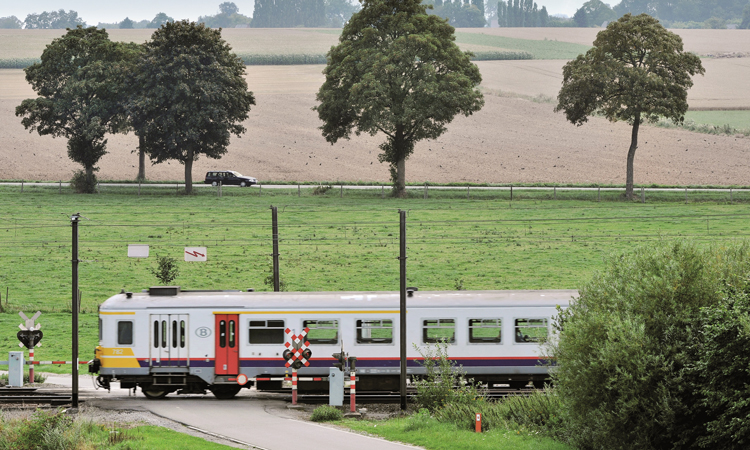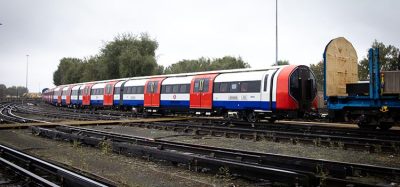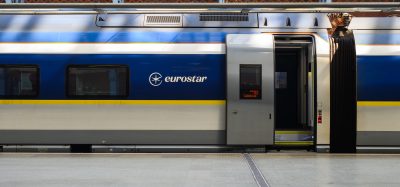Infrabel’s replacement, renewal and awareness-raising strategy
Posted: 13 October 2015 | Ann Billiau | No comments yet
Infrabel, the Belgian railway infrastructure manager, continually works to improve safety at level crossings in its network. Ann Billiau, Infrabel Director of Traffic Management & Services, sets out the strategic priorities and describes recent measures concerning level crossings in Belgium.


Safety at level crossings is a universal issue
The International Level Crossing Awareness Day (ILCAD) took place on 3 June 2015. Over 40 countries joined forces to raise awareness of the number of accidents at level crossings across the globe. ILCAD is organised each year by the UIC (the International Union of Railways).
Although most accidents at level crossings are still caused by drivers of cars, vans and lorries, the UIC also reports a global increase in the number of accidents involving pedestrians and cyclists, who are known as ‘vulnerable road users’. This was the main theme of the 7th ILCAD, which was fully supported by Infrabel from the outset.
Gradual reduction in accidents at Belgian level crossings
In 2014, Infrabel recorded 47 accidents at level crossings on the Belgian rail network, involving 11 fatalities (five pedestrians and six motorists). Over the previous 10 years, from 2005 to 2014, there were 53 accidents and 12 fatalities on average each year.
This represents an 11% reduction in accidents in 2014 and 9% fewer fatalities compared with the whole period 2005-2014. However, there is no cause for complacency as, despite the reduction in recent years, the number of accidents and fatalities rose again in 2014 compared with 2013 (43 accidents and seven fatalities). Since every accident and every victim is one too many, the annual toll remains hard to bear.
The statistics for 2014 also show that 41 accidents (87%) involved vehicles and six accidents (13%) involved pedestrians or cyclists. Vulnerable road users are at highest risk of a fatal accident at a level crossing as they are less protected than those in a vehicle.
Obeying the rules of the road – a fundamental requirement
Road users play a crucial role in reducing the number of accidents. The main causes are still recklessness, carelessness, haste and ignoring the crossing signals (lights, ringing bells and barriers). According to figures from the UIC, nearly 98% of accidents at level crossings in Europe are due to failure to obey the rules of the road, a common problem in today’s society.
In addition to our infrastructure-related measures, we also need to tackle this issue directly by raising awareness. Therefore, since its establishment in 2005, Infrabel has launched annual campaigns to raise awareness of the safety rules at level crossings among specific target groups and the general public.
Awareness-raising campaigns aimed at the general public
Infrabel launched its latest and most striking awareness-raising campaign at the beginning of July 2015, when the Tour de France passed through Belgium. In TV ads, famous Belgian cyclists, including Tom Boonen and Greg Van Avermaet, reminded everyone to always obey the rules of the road at level crossings.
However, earlier this year, there were several incidents involving cyclists riding past closed level crossing barriers during races (e.g. Paris-Roubaix). Infrabel produced this new ad – aimed at cyclists and road users in general – in conjunction with the Royal Belgian Cycling League and six cycling teams.
Other awareness-raising activities during recent months have included setting up a pretend level crossing with mobile barriers in shopping areas of major cities, distributing a new educational game and the annual rail safety school calendar in Belgian schools and the transmedia campaign concerning the installation of the new electronic bells at level crossings.
To watch the new ads with the cyclists and find out more about Infrabel’s awareness-raising campaigns, go to www.infrabel.be/wachten
Effective strategy for improving safety
Infrabel continues to invest in its strategy of eliminating, replacing and renewing level crossings in order to bring about a gradual and permanent improvement in safety on the Belgian rail network.
The Belgian rail network is one of the busiest in Europe, with 3,631km of railway lines and 1,818 level crossings – 1,584 of them public and 234 private. Around 95% (1,500) of public level crossings are equipped with active road signs (barriers and/or lights and bells). The remaining 5% (84) with passive signals (road signs) are on quiet lines.
In 2014, Infrabel eliminated 11 and decommissioned 19 other level crossings on industrial rail lines and in ports. The eliminated were replaced by bridges, tunnels or parallel roads. Infrabel works closely with local authorities and residents to seek alternative mobility solutions. In the last 10 years, around 250 level crossings have been eliminated (and/or decommissioned).
Where we are unable to eliminate a level crossing, Infrabel invests in renewing, adapting and maintaining it. This involves improving the road signs (installing lights, extra barriers for pedestrians and cyclists, etc.) and arranging with the road authorities to carry out the necessary works to increase the visibility of the level crossings.
Since the autumn of 2014, Infrabel has installed new electronic bells on all level crossings. By the beginning of 2016, all level crossings equipped with bells will have the new electronic sound. The aims of this project are sustainable renewal, greater convenience and increased safety.
Working together to improve safety: with everyone on board
Infrabel’s multi-pronged level crossing strategy also improves the punctuality of rail traffic. Accidents at level crossings cause significant delays to passengers. In 2014, Infrabel recorded delays of up to 1 hour 45 minutes a day on average due to accidents and incidents at level crossings. This figure is down on the previous two years, when it stood at 2 hours 10 minutes.
One thing is clear: it is essential for railway infrastructure managers, rail operators, government bodies and European organisations to continue to work together to tackle this issue, at both a national and international level. We also rely on media support to help us make all road users aware of the importance of safety and obeying the rules of the road at level crossings at all times.
But above all we need the cooperation of all road users. The message to them is simple: always stop at a level crossing when the bell rings, the red lights flash and the barriers are down or coming down.
Biography


Stay Connected with Global Railway Review — Subscribe for Free!
Get exclusive access to the latest rail industry insights from Global Railway Review — all tailored to your interests.
✅ Expert-Led Webinars – Gain insights from global industry leaders
✅ Weekly News & Reports – Rail project updates, thought leadership, and exclusive interviews
✅ Partner Innovations – Discover cutting-edge rail technologies
✅ Print/Digital Magazine – Enjoy two in-depth issues per year, packed with expert content
Choose the updates that matter most to you. Sign up now to stay informed, inspired, and connected — all for free!
Thank you for being part of our community. Let’s keep shaping the future of rail together!







